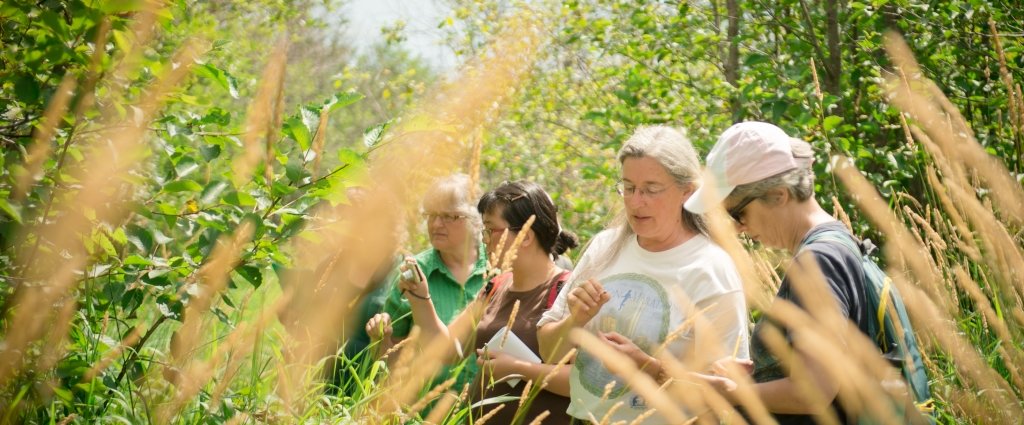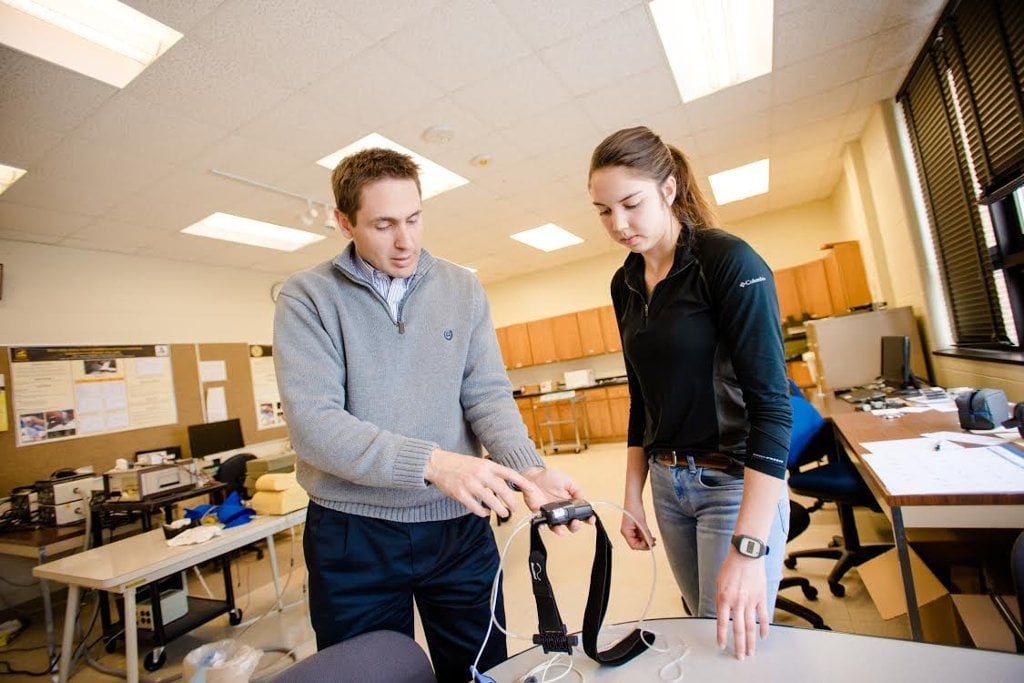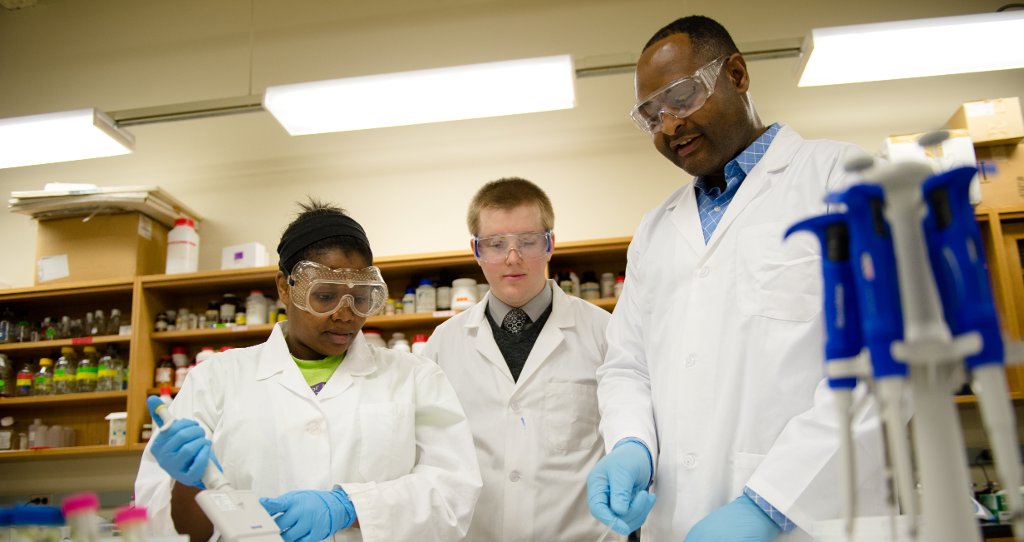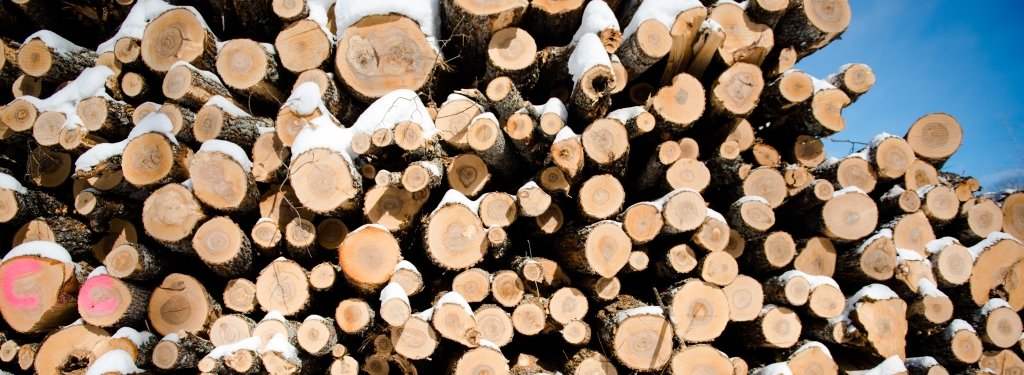Michigan Tech's thought leaders glimpse into the University's future. Terry Sharik, dean of the School of Forest Resources and Environmental Science (SFRES), reflects on where natural resources education is heading over the next decade.
What is an ecosystem? Definitions diverge. Dictionary.com defines ecosystem as “a system or group of interconnected elements formed by the interaction of a community of organisms with their environment.” But that doesn’t go far enough, Sharik says, because “the environment” is made up of more than that which surrounds organisms. It comprises organisms, substrates (ground) and atmosphere. And to a true ecosystem scientist, he says, all three are equal.
“We need to look at natural resources and environmental science in a new way,” he suggests, “integrating the ecological, social and economic dimensions to examine critical issues related to natural resources and the environment, or alternatively, managing the diverse services provided by ecosystems, particularly forest ecosystems in our case.”
Natural Resources Management: More than Animals and Plants
Just as ecosystems are made up of organisms, substrates and atmosphere, their sustainability rests on three foundations: ecological, social and economic, the dean observes. Yet natural resources management always seems to end up focusing on stewarding animals and plants—the organisms. “If you don’t attend to the social and economic, you are going to be seriously challenged,” Sharik warns. And the only way to address all three is through policy, planning, and management, and the human dimensions of knowledge, morality and aesthetics, he says.
Right now, SFRES has one-third of the time of two faculty members who specialize in natural resources policy. And there are no experts in planning, not just in SFRES, but in the entire University, says Sharik. Moving forward, he believes Michigan Tech will need to develop these areas of expertise.
At the beginning of the 20th century, there was only one natural resources degree—in forestry, Sharik explains. By the mid-20th century, specialists had emerged: foresters, wildlife and fisheries biologists and managers, watershed scientists and managers, and recreation resource managers. Each field became a discipline, then a department, “and each department at most universities is as big as our whole SFRES,” Sharik points out.
“It’s so silo-ed now—who is going to pull it back together?” he asks.
The problem is that we have been looking at human systems and natural systems as separate from each other, says Sharik. “But everything comes from nature. It’s all about the sustainability of natural and human systems.”
This subtle but profound philosophical shift could lead to significant change in natural resources education. In 10 to 20 years, instead of the four undergraduate degree programs SFRES now offers—forestry, wildlife ecology and management, natural resource management, and applied ecology and environmental sciences—Sharik predicts that the school will offer a single undergraduate degree in natural resources. “Almost like a liberal arts degree in natural resources,” he calls it, with specialization done at the graduate level.
Harvest the Wood, Recycle the Waste
Sharik recommends looking at natural and human systems as a cycle. From that vantage point, find ways to extract materials—such as wood—from an ecosystem without compromising that ecosystem. Then process those materials and manufacture products that society needs in a sustainable way, recycling waste products from the manufacturing process back into the cycle.
Sharik played a key role in creating a working model for this approach: the Michigan Forest Biomaterials Institute (MiFBI). It is a collaboration of industry, government agencies and universities working together to find innovative ways to use forest biomaterials. Innovations in the processing of wood can result in new wood-based products such as adhesives and green-platform chemicals. Advancements in wood engineering are fueling tall wood building construction, and industry is finding new ways to recycle wood and wood waste products.
One example is using lignin—an organic substance removed from wood during the paper manufacturing process—as a base for carbon fiber for auto parts. Another is grinding up waste particle board and using it in 3-D printing of furniture and automobile parts. “We’re talking about using the natural resources that Michigan has in abundance and finding new ways to recycle and reuse them,” Sharik says. “That’s good for the economy and good for the environment.”
Michigan Technological University is an R1 public research university founded in 1885 in Houghton, and is home to nearly 7,500 students from more than 60 countries around the world. Consistently ranked among the best universities in the country for return on investment, Michigan's flagship technological university offers more than 185 undergraduate and graduate degree programs in science and technology, engineering, computing, forestry, business, health professions, humanities, mathematics, social sciences, and the arts. The rural campus is situated just miles from Lake Superior in Michigan's Upper Peninsula, offering year-round opportunities for outdoor adventure.






Comments